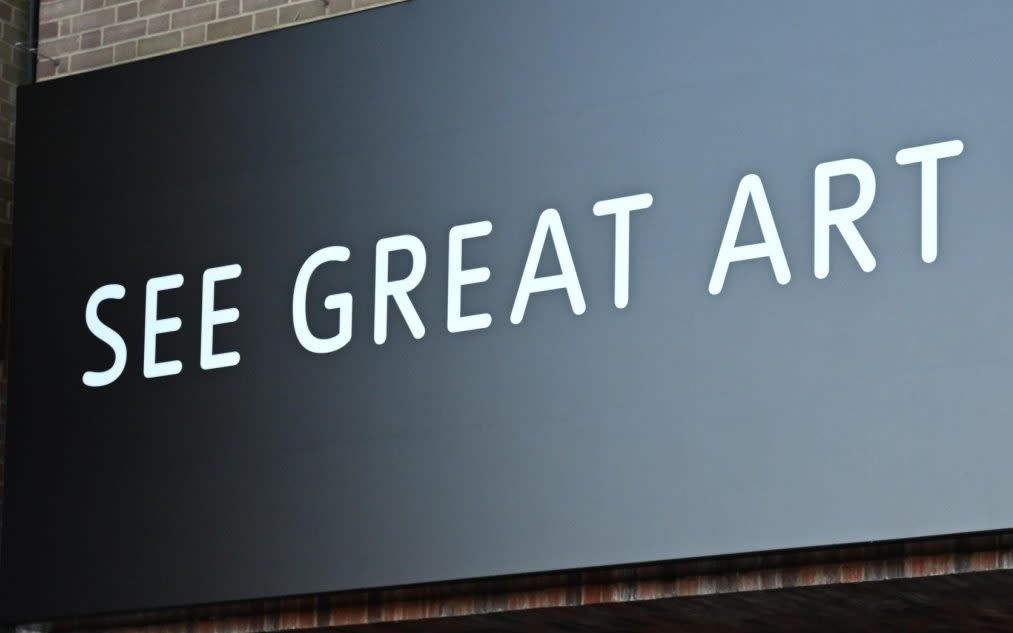The arts could be the big losers of Labour’s attack on non-doms

The UK is the world’s third largest market for art. It outperforms Europe, and is surpassed only by the US and China. But this stature is not sufficient to earn it the attention of our politicians. Scan the manifestos of the major parties, and you’ll find that culture barely gets a mention. This state of affairs, as Anne McElvoy noted recently, rings “as hollow as the Fool’s eggshell in King Lear”.
The culture secretary Lucy Frazer assured me that “Arts Council England now funds a record number of organisations in more places than ever before”. This is wonderful, but it doesn’t take away from the fact that many regional English institutions are in a perilous position.
The state of the arts beyond London is particularly grim. At the local level, where the bulk of the funding for the arts is distributed, councils’ coffers are running empty. In the education sector, the arts have become a casualty of the reverence for STEM subjects, resulting in a record low recruitment of art teachers.
Art and culture tends to be regarded as an elitist preoccupation. And it is hardly a secret that the industry is overpopulated by white, middle-class professionals. Labour seeks to redress the dominance of the “privileged few” by instituting private finance models that bring in funding from multiple sources. This is a reheated version of what Grey Gowrie, Margaret Thatcher’s wildly original Minister of State for the Arts, did in the 1980s.
Gowrie stimulated private sponsorship of the arts by offering incentives to businesses with the government matching their contributions. Business moguls volunteered at arts organisations, imbuing them with entrepreneurial spirit, and funnelled cash to support their endeavours. A decade from its inception, Gowrie’s brainchild had raised some £74 million in new money for the arts.
The success of Gowrie’s scheme depended on smart benefits for its supporters. If Labour has a concrete design for attracting private capital, it has kept it under wraps. Some of its plans have spooked the most generous givers to the arts.
Take, for instance, Labour’s proposal to take a hardline against non-doms. It is not without merit because it may potentially bring in additional revenue that could finance the neediest. It could also push away non-doms who are providing crucial lifelines to our arts. As one prominent philanthropist told me, some of the biggest patrons are not only “reassessing whether they embark on new giving”, a great many are preparing to leave altogether. If they do, the government would not gain anything, but the arts would certainly lose a lot.
Even if it were it to work, there are challenges associated with private philanthropy. Donors can steer programming, and some can even seek to shape institutional collections to include artists whose works they already own or may soon acquire.
In the absence of a fully thought-through strategy, Labour’s turn to private donations could embolden the very closed-loop, elite system it claims to want to dismantle. And who will come to the aid of institutions when donors who have endowed them handsomely fall foul of some future social norm?
Rather than floating ideas that are all slogan and no substance, perhaps Labour (or whoever is in government next week) might consider committing itself to realistic proposals. Here is one: expand the Percentage for Art Scheme (PAS) – a globally acknowledged funding method that incentivises developers to dedicate a portion of their capital expenses for the inclusion of public art in new constructions, renovations, or landscaping projects – across the nation.
When the Arts Council tried the scheme in 1988, it boosted commissions not only in the public but also the private sector. Today there are a number of businesses focused on public art strategy that work with developers globally to find ways of integrating artists’ visions into building projects.
London’s Barking and Dagenham Council have taken another approach and built affordable, light-drenched homes specifically for artists with studio space at reduced rent in return for residents committing to delivering free creative programmes for the neighbourhood. With the 1.5 million houses Keir Starmer is promising to build, a national PAS could help in making art truly accessible to everyone while creating new opportunities for artists.
Dr Cleo Roberts-Komireddi is an art historian, broadcaster, and commentator. She hosts the Art Worlds podcast and is currently writing a book on Indian Art, from prehistory to contemporary, for Yale University Press. Follow her on Instagram cleo__robertskomireddi; www.cleoroberts.com

 Yahoo News
Yahoo News 
